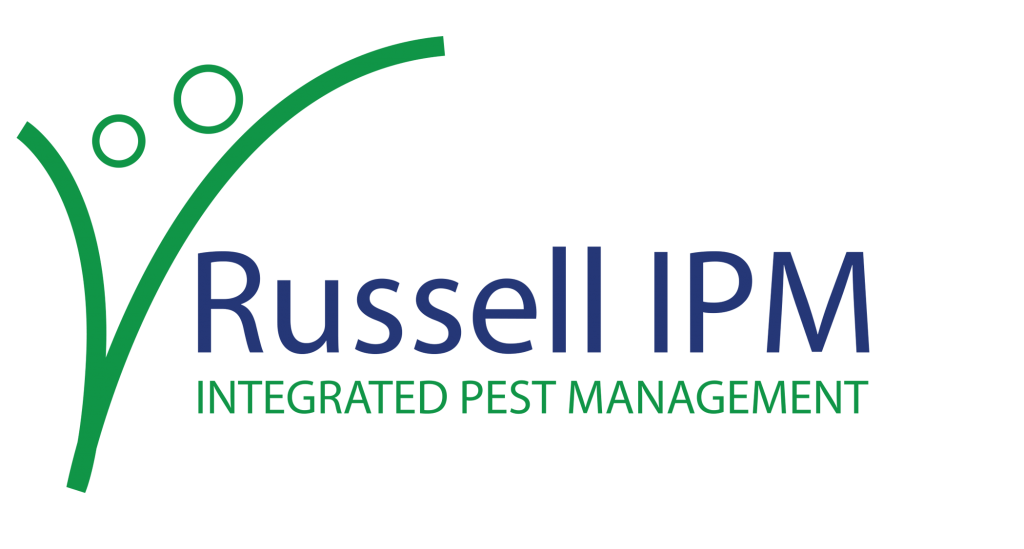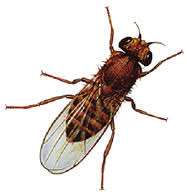Natal fruit fly, Ceratitis rosa
Ceratitis rosa or natal fruit fly is a polyphagous African species.
It has been introduced to the Mascarene Islands: Mauritius and Réunion. It is considered to be a major pest of a number of commercial fruits, including fruits that are grown in subtropical or more temperate environments. It has similar environmental requirements to Ceratitis capitata except that it can withstand less dry conditions, but it is probably more suited to wetter and/or colder conditions. It should be considered as a potential invasive species in other parts of Africa, outside its current range, and in other parts of the world. The most likely pathway of dispersal and introduction is as larvae in infested fruits with commercial shipments or in the luggage of travellers. Ceratitis rosa is of quarantine significance for EPPO, JUNAC and OIRSA. (Source: CABI)


